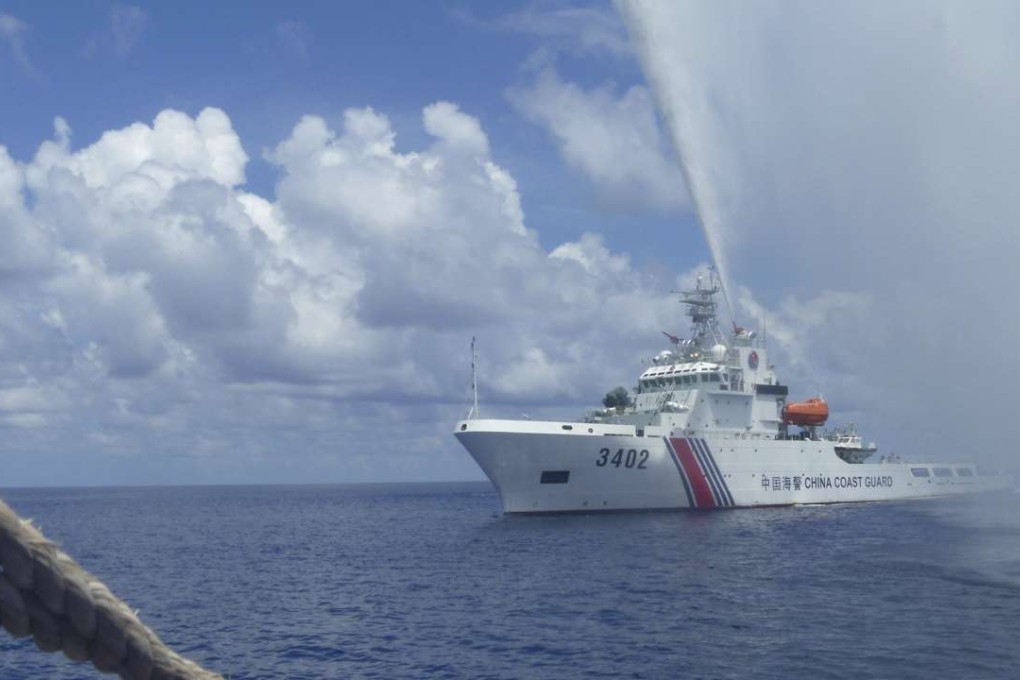Key rulings to watch out for in South China Sea case
What is a rock, what is an island and what does the nine-dash line actually mean are key questions

Key points to watch out for in July 12’srulings by the Permanent Court of Arbitration (PCA) in the Hague and what they might imply.
Will Taiping Island be downgraded to a “rock”?
If the PCA mentions Taiping, or Itu Aba, in its final award, and furthermore concludes it is a “rock”, it will mean there is hardly a single “island” among the more than 100 land features in the Spratly Islands archipelago. Does that mean they should be renamed the Spratly Rocks?
Taiping is the largest natural feature in the Spratlys, with an area of about half a square kilometre. It has been occupied by the Republic of China (ROC) government, based in Taipei, since 1956, while also being claimed by the People’s Republic of China (PRC) government in Beijing, the Philippines and Vietnam.
A maritime feature classified as a rock carries with it entitlement to a territorial sea extending out 12 nautical miles, but does not get an exclusive economic zone (EEZ), with a radius of 200 nautical miles, or further rights.
If no feature in the Spratlys is entitled to an EEZ, the surrounding countries – the Philippines, Malaysia, Brunei and Vietnam – could each simply draw EEZ lines from their own major islands or coasts into that part of the South China Sea and claim the respective rights. But if Taiping is considered an island, the ROC and PRC, which inherited the ROC’s territorial claims in 1949, would enjoy EEZ rights around it, giving them overlapping EEZ claims in the South China Sea with the Philippines and other claimants.